Almost every self-respecting superhero has superpowers. 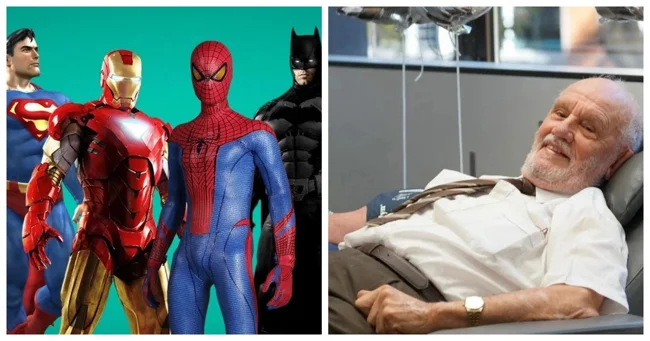
Some can fly, others shoot laser beams straight from their eyes, and others can read minds or become invisible. Meanwhile, in real life, as readers on Reddit have found out, there are also people with superpowers. With developed or acquired ones, with those that you can’t get rid of. They don’t always bring joy, but some are impossible to get rid of. Who are these superheroes, and what superpower can you have in real life?
1. Superbones 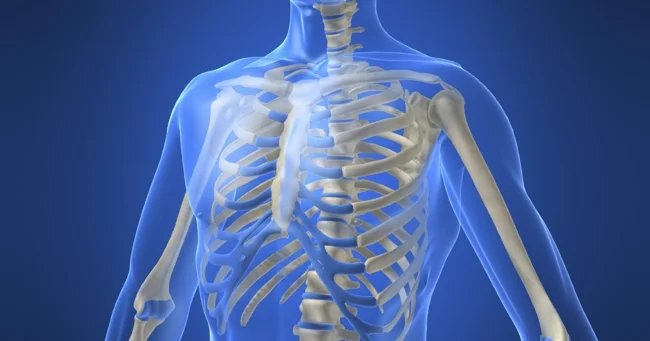
- High bone density is a real mutation in the body that is quite common. It is believed that most people with this mutation do not even know about it, since the main effect is to reduce the likelihood of fractures, which means they are less likely to end up in the hospital. The only reliable way to detect this feature is to see when surgical instruments break instead of cutting the bone.
- I have a friend with high bone density. Unfortunately, he also has leukemia. He has to regularly donate bone marrow samples to monitor the condition. This is usually done by inserting a thick needle into the pelvic bone. In his case, doctors have to use the strongest needle possible, and the piercing process is like trying to drill into concrete. Often the needle bends in the process.
Oh, and one more effect. During medical examinations, he is constantly listed as obese. In fact, he is not. He is in good shape (he is a former firefighter), but due to his high bone density, his weight combined with his height and shoulder width, when calculated using a standard table, gives the result "obese".
2. Super Memory 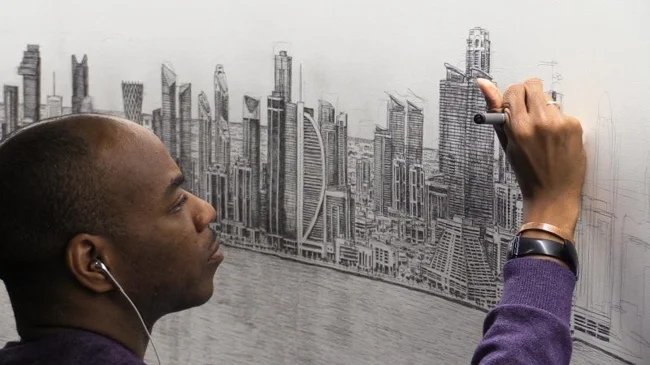
- After just a 20-minute flight over New York, Stephen Wiltshire recreated the entire panorama of the city from memory. He drew every building, every detail, every neighborhood with an ordinary ballpoint pen. I saw it in one documentary, an amazing sight.
- But it turns out that this is more of a curse than a superpower. Phenomenal memory is extremely rare, and from the outside it seems cool. However, people with eidetic memory have no choice. They can't decide what to remember and what not. Forgetting is inaccessible to them.
The ability to filter memories and remember only the important ones is an evolutionary advantage. If you think about it, it makes sense. We already have a hard time dealing with traumatic memories that are deeply ingrained in our consciousness.
Now imagine that every unpleasant word, every worry and negative experience stays with you forever. In their world, there is no "forget and let go." Everything bad is forever etched in memory.
3. Superhearing 
- Daniel Kish lost his sight in early childhood, but learned to "see" the world around him using echolocation. The most interesting thing is that when he uses this method, the same areas of the brain that are responsible for vision are activated, although with a clarity comparable to peripheral vision. 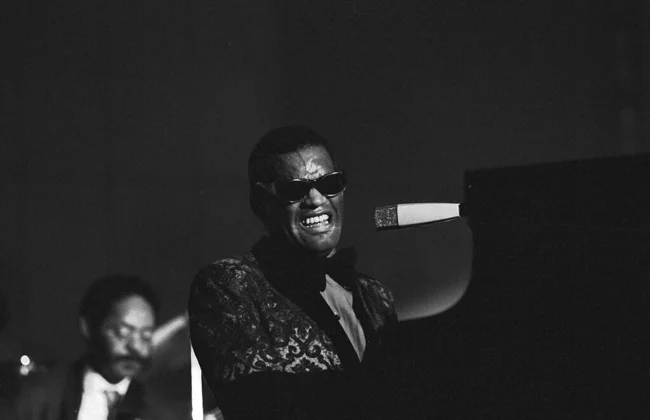
- Ray Charles also had this skill to some extent. He always wore leather shoes with hard soles. The sound they made when walking on a hard floor helped him navigate even without a cane. This is partly why his gait looked so unusual: he seemed to slap the front part of his foot on the floor, creating the necessary sound signals.
4. Superdonor 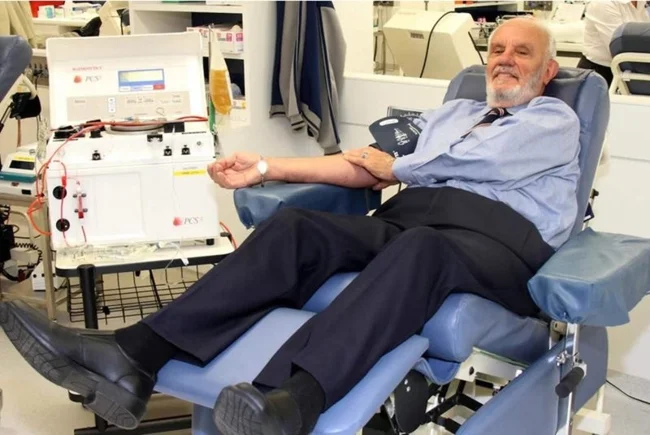
- At the age of 14, James Harrison underwent a complex operation during which he needed a blood transfusion. About 13 liters of donor blood saved his life. This event changed his outlook forever. The boy promised himself that as soon as he turned 18, he would become a donor to help others in the same way that he was once helped.
In the 1960s, Australia was faced with frightening statistics: many babies died due to Rh conflict - a dangerous condition that occurs when the mother has a negative Rh factor, and the child has a positive one. Scientists found a solution: injections of a special immunoglobulin that could be extracted from the blood plasma of certain donors. After checking blood banks, the researchers found the perfect candidate: James Harrison, who had been donating blood regularly for 10 years.
The tests showed the incredible: his blood contained rare and unusually strong antibodies capable of preventing Rh conflict. This discovery made Harrison a truly unique donor, so valuable that his life was insured for a million dollars.
A drug was developed based on his plasma, which was administered to pregnant women with negative Rh. This helped to avoid complications and saved children from hemolytic disease. Harrison donated plasma every three weeks for 57 years, setting an absolute record. In May 2011, he donated blood for the thousandth time.
Until 2015, all anti-Rh drugs in Australia were produced exclusively from his plasma. Thanks to his dedication, more than two million newborns were saved, including his own grandson.
5. Supervision 
Artwork by Concetta Antico, an impressionist artist and tetrachromat
- Some women are tetrachromats. They have four types of color receptors in their eyes instead of the usual three, allowing them to see more shades and distinguish colors that seem identical to normal people.
In essence, this is the complete opposite of color blindness. If for color blind people some colors blend together, then tetrachromats, on the contrary, perceive the world in a richer palette. From their point of view, we are, in a sense, color blind.
6. Super Endurance 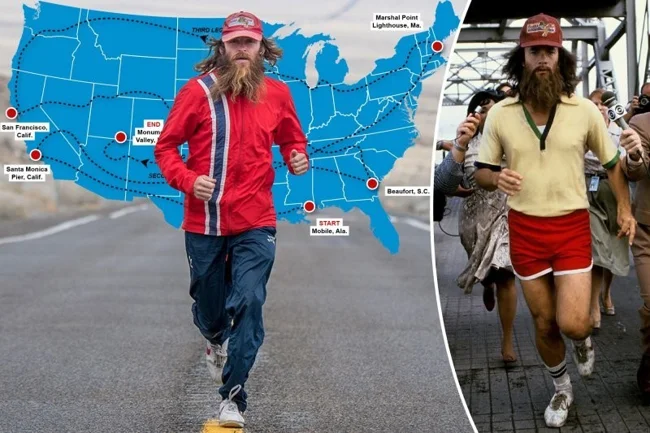
- Robert Pope is a real Forrest Gump (in terms of physical endurance, not mental abilities). Thanks to a genetic feature, his muscles practically do not get tired even under extreme loads. In 2016, he completed an incredible run lasting 422 days, covering 25,300 kilometers. He ran from one coast of the United States to the other four times.
Thus, he became the first person to repeat Forrest Gump's route. During his marathon, Pope raised about 135 thousand dollars for the charities Peace Direct and the World Wildlife Fund.
7. Supercomputer 
- Magnus Carlsen, the 16th World Chess Champion, can simultaneously play 10 games blindfolded, without a board, without visualizing positions, relying solely on memory and mental modeling. This is not just impressive, it is at the edge of human comprehension.
Imagine: he keeps 10 separate chessboards with 320 pieces in his head, calculates options for each, remembers all the moves and still beats strong opponents. His brain works like a supercomputer, processing dozens of complex positions in parallel.
But the craziest thing is that he does it not just mechanically. Carlsen doesn't just remember the layout of the pieces, he sees the game, feels its dynamics, and anticipates his opponents' strategies. This is a level of abstract thinking that only a few people have had in the history of mankind.
Add your comment
You might be interested in:

























